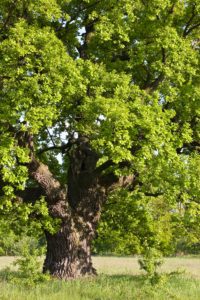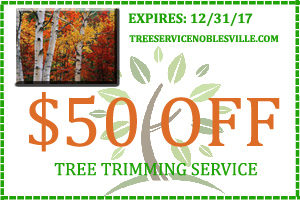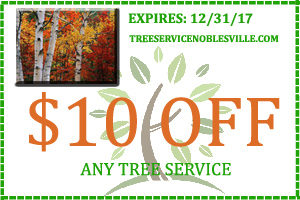Starting from the outside, there are five individual layers that make up a tree trunk. Each layer has its own unique attributes, and plays an integral role in tree health. Continue reading to learn about all 5 layers and how they work together to produce and maintain a healthy tree.
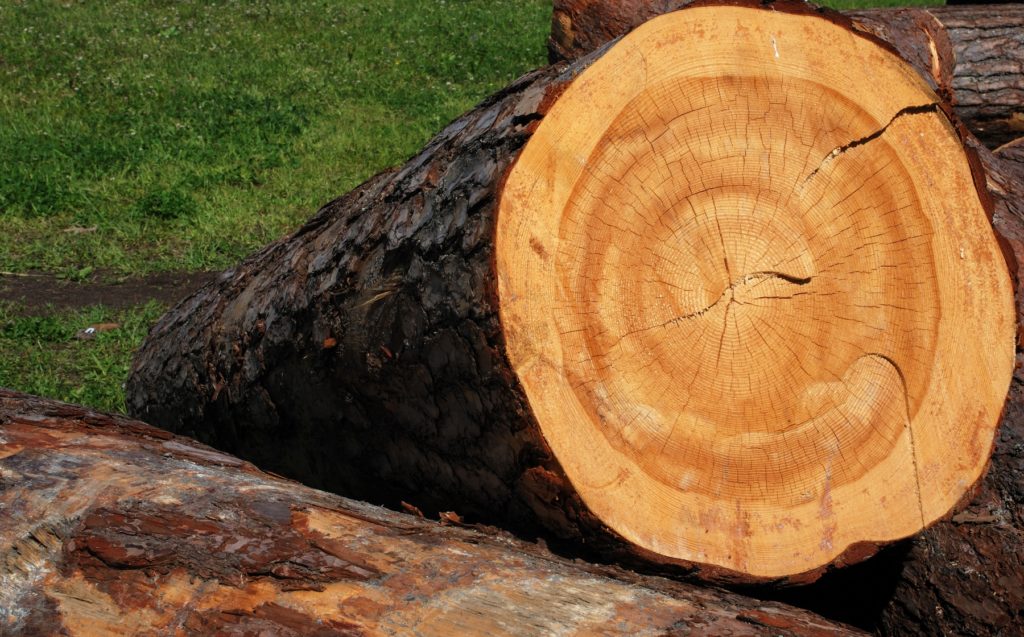
Noblesville Tree Trunk Removal 317-537-9770
5 Layers of a Tree Trunk
❶ Outer Bark
Outer bark is a tree’s exterior protection system. One of its most important purposes is moisture regulation. It keeps excess moisture out during wet conditions, and retains moisture within the tree in dry conditions. It also protects the tree from heat, cold, and pests. Outer bark is continually renewing itself from within, developing new material each season.
❷ Inner Bark
Inner bark is just under the outer bark, as the name describes. Also known as the phloem, its primary role is to provide a pathway for the distribution of food and nutrients. It has a very short lifespan, turning quickly to cork, and eventually merging with the outer bark.
❸ Cambium Cell Layer
The part of the tree trunk that is actively growing is the cambium cell layer. Each year, it grows new bark and wood as a response to hormones called auxins. These hormones are passed down from the inner bark, and contain food from leaves that stimulate new cell growth. It is much thinner than the other layers, but integral in overall tree strength and resilience.
❹ Sapwood
Similar to the inner bark that acts as a pipeline for food and nutrients, the sapwood layer is the central distribution line for water. It is brand new wood that transports water up the trunk and to the leaves. As new sapwood grows, inner cells lose their vigor and transform into heartwood.
❺ Heartwood
Heartwood is deadwood composed of hollow, needle-like cellulose fibers bound together by a chemical glue called lignin. This composition leads many professionals to compare its strength to steel! For this reason, it is a highly important part of the trunk because it is the central support mast for the entire tree. Although dead, it does not decompose, which means it maintains its strength and durability so long as the outer layers are still whole.
Noblesville Tree Service
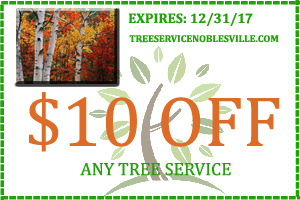
Noblesville Tree Service 317-537-9770

